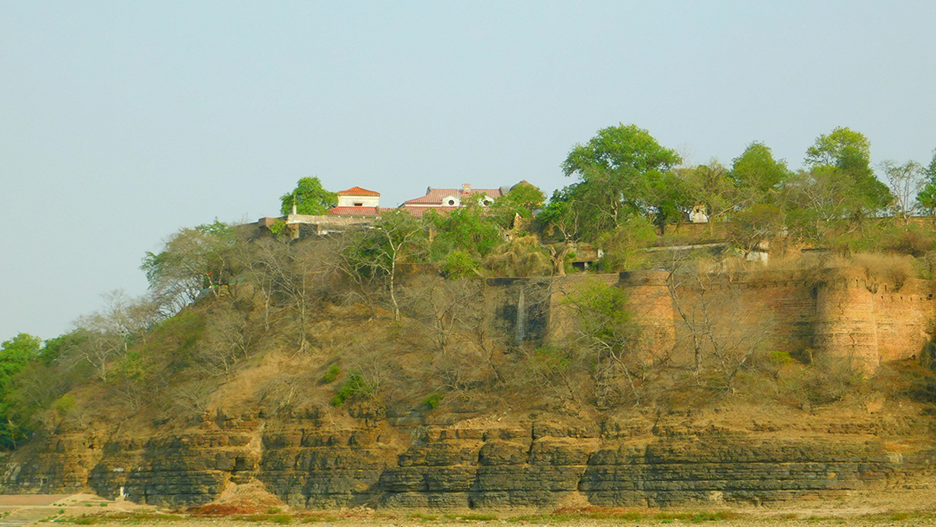Perched high above the banks of the Ganges River in the Mirzapur district of Uttar Pradesh, Chunar Fort is a monument steeped in centuries of history, mystery, and legend. With its massive stone walls and commanding location, the fort has witnessed the rise and fall of empires, the drama of royal ambitions, and the whispers of local folklore. For history lovers and curious travelers alike, Chunar Fort is a captivating destination worth exploring.
A Fort Through the Ages
The origins of Chunar Fort stretch back to antiquity. It is believed to have been originally built around 56 BCE by King Vikramaditya to honor his brother Bharthari, who later became a saint. Over the centuries, the fort has changed hands numerous times—each new ruler leaving their mark on its storied past.
From the Mauryas to the Mughals, from the Afghans to the British, Chunar Fort served both as a military stronghold and a strategic outpost. In the 16th century, Sher Shah Suri, the Afghan ruler who challenged the Mughal Empire, seized the fort from the Mughals. Later, Akbar the Great reclaimed it as part of his northern conquests.
Architecture and Design
Constructed with reddish sandstone, the fort boasts thick, sloping walls and towering gates designed to repel invaders. Its architecture reflects a blend of different cultures and eras—Rajput, Afghan, Mughal, and British styles coexisting within its complex.
Key structures inside include the Sonwa Mandap, a beautiful pillared hall, and the bathing area of Rani Bhabhuti, which features an ancient tunnel said to lead to Varanasi. There are also British-era graves and barracks that give insight into the fort’s later use during colonial rule.
Legends and Lore
No Indian fort is complete without its share of ghost stories, and Chunar is no exception. The most popular tale is of Princess Chanda, the beautiful wife of Raja Vikramaditya, who is said to have mysteriously disappeared in the fort. Locals whisper that her spirit still lingers in the ruins.
Another legend speaks of a saint who cursed the fort, dooming any ruler who tried to claim it for long. Whether fact or fiction, these stories add a layer of intrigue that only enhances the experience of visiting the site.

A Scenic and Spiritual Location
Apart from its historical significance, Chunar Fort offers stunning panoramic views of the Ganges River. Surrounded by lush greenery and high cliffs, the location is peaceful and picturesque—an ideal setting for reflection and photography.
Many devotees also visit nearby temples and spiritual spots, making the fort a destination where history and spirituality blend seamlessly.
Visiting Chunar Fort
Located about 40 kilometers from Varanasi, Chunar Fort is easily accessible by road and makes for a great day trip. The best time to visit is between October and March, when the weather is pleasant.
There is a nominal entry fee, and guided tours are available for those who want deeper insights into the fort’s layered history. Don’t forget to wear comfortable shoes—there’s a lot to explore, and the stone paths can be steep in places.
Final Thoughts
Chunar Fort isn’t just a structure of stone and mortar—it’s a living monument to India’s complex and colorful past. Every corner tells a story, and every view offers a glimpse into the lives of those who once ruled, worshipped, and wandered within its walls.
For Visit Click Here
Varanasi Junction Railway Station: the Spiritual Heart of India

